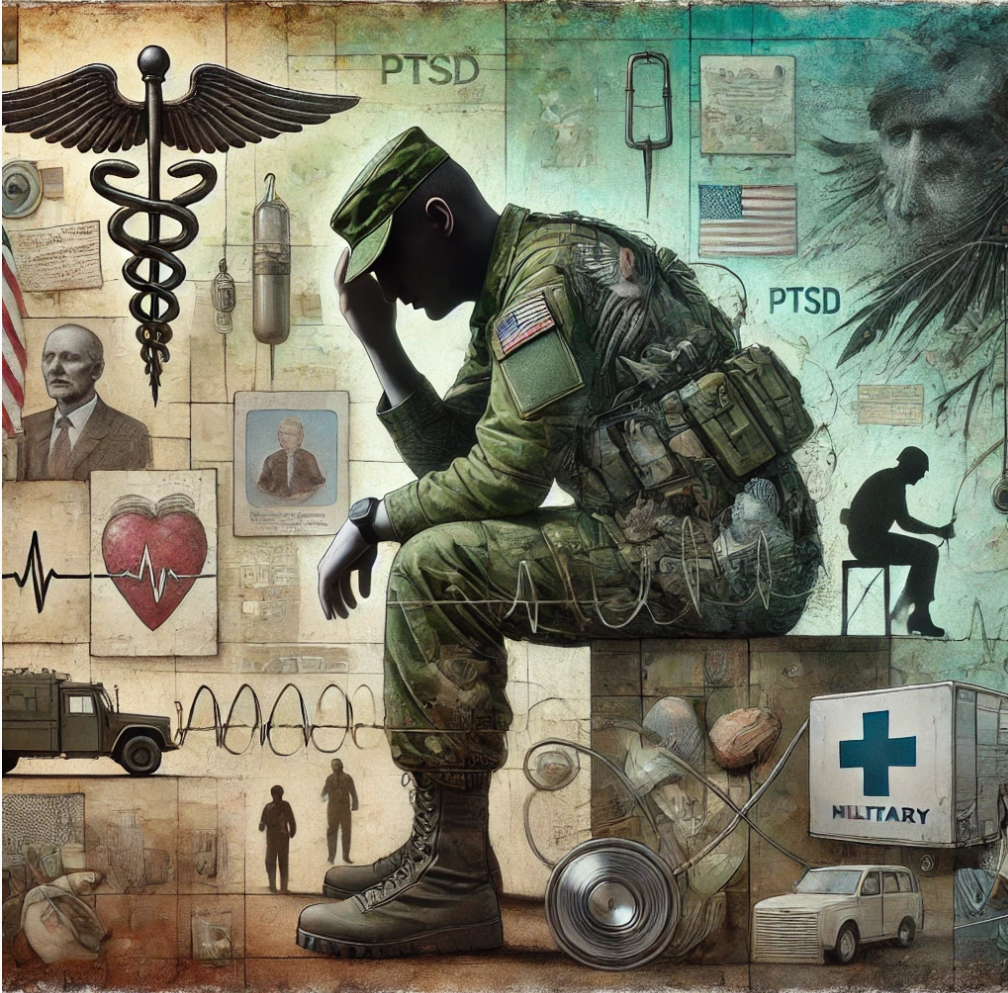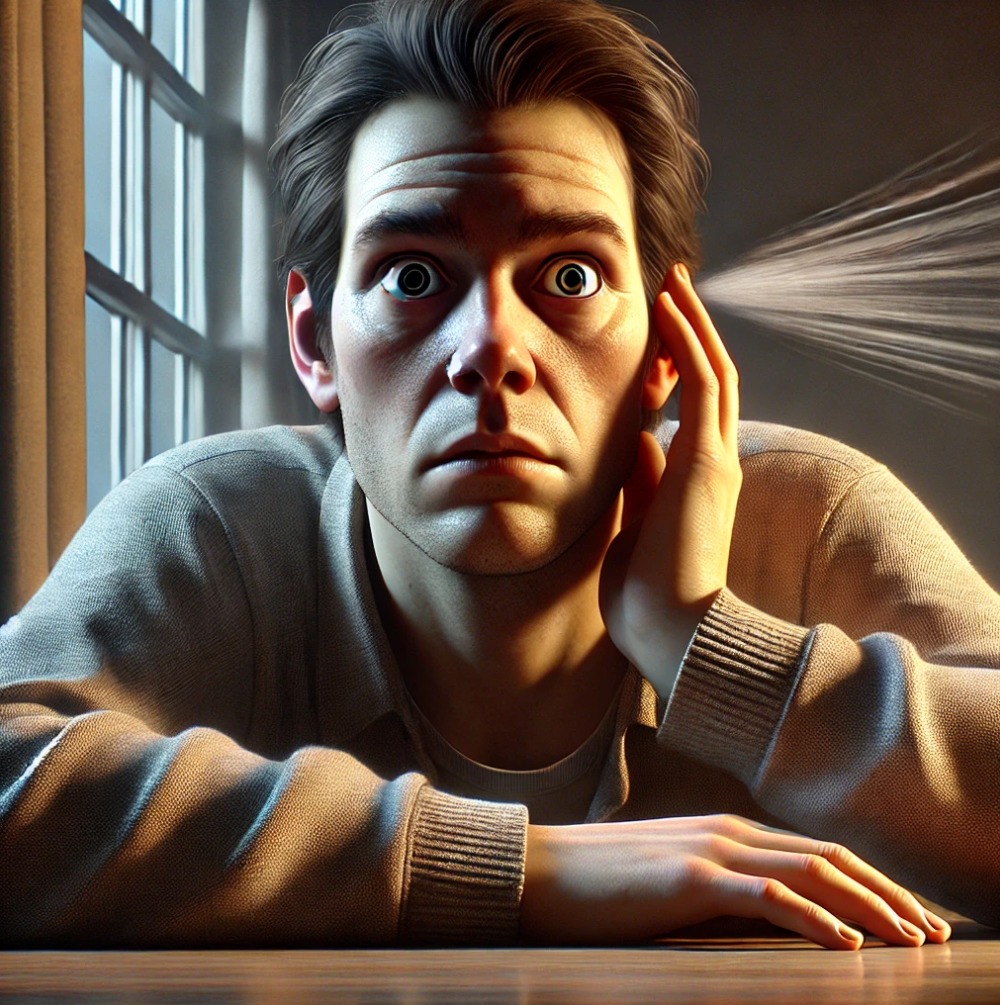Why Do We Follow What We Think Is Popular?

Imagine you’re sitting at lunch, and everyone around you is talking about the latest song, the coolest clothes, or the newest app. Suddenly, you feel a strong pull to check it out, too. But why do we feel this way? Why do we often follow what we think is popular, even if it’s not something we’re really into? In this article, we’ll explore why following trends and popular things is so tempting, especially for young people.
1. The Power of Social Influence
Humans are social creatures, which means we often look to others to guide our behavior. This is known as social influence. Psychologists explain that we tend to follow others to fit in, especially when we’re in situations where we feel uncertain or uncomfortable. When we see many people liking something or talking about it, we assume it must be good or interesting. For pre-teens and teens, this desire to fit in is even stronger as you’re discovering your identity and forming social groups (Cialdini, 2007).
Social influence works in two main ways:
- Normative Influence: This is when we follow others because we want to be accepted. We wear what’s “in style” or talk about the same things so we don’t feel left out.
- Informational Influence: This is when we believe that others know something we don’t. If everyone in your class starts listening to a new band, you might assume that it’s worth listening to because so many people like it.
2. The Role of the Brain
Did you know your brain also has a role in why we follow what’s popular? The prefrontal cortex, which is the part of the brain responsible for decision-making and understanding social situations, is still developing during your pre-teen years. Because of this, young people are more likely to be influenced by what they see around them (Steinberg, 2013).
In fact, studies show that when people experience social acceptance or positive feedback from others, the brain releases a chemical called dopamine (Sherman et al., 2016). Dopamine is often called the “feel-good” hormone because it makes us feel happy and rewarded. This can make following trends or doing what others do even more appealing, as we get that rewarding feeling from being included.
3. Social Media and Trends
Social media plays a big role in what we think is popular today. Platforms like TikTok, Instagram, and Snapchat constantly show us the latest trends in fashion, music, and even behaviors. Algorithms on these platforms are designed to keep us engaged by showing us what’s popular or “viral.” Because we see so many people doing the same challenges, wearing similar outfits, or using the same slang, we might feel pressured to follow along.
Researchers have found that people tend to feel more confident in their choices when they believe others are making the same choices (Bond & Smith, 1996). This is called the bandwagon effect. On social media, when we see thousands of people liking, sharing, or commenting on something, we assume it’s worth paying attention to and are more likely to join in, even if we might not actually like it ourselves.
4. Identity and Self-Expression
As pre-teens, you’re discovering who you are and how you want to be seen by others. Trying out trends is one way of exploring your identity. When we dress a certain way or listen to certain music, we’re also expressing our values and interests. Following popular trends can sometimes make it easier to connect with others who share similar interests, helping us feel like we belong to a group (Erikson, 1968).
However, there’s also a downside to this. If we focus too much on what others think is cool or popular, we might end up doing things just to fit in rather than because we truly enjoy them. Remember that it’s okay to be different and to like things that aren’t popular, too.
5. Finding a Balance
While it’s natural to be influenced by what’s popular, it’s also important to find a balance. Here are some tips to help you stay true to yourself while navigating trends:
- Ask yourself why: Before following a trend, ask yourself if it’s something you really like or if you’re just following it to fit in.
- Experiment with different styles: It’s okay to try out different things and figure out what you like. You might find that you enjoy some trends and dislike others.
- Stay open-minded: Being aware of trends can be fun, but remember that you don’t have to follow every trend to feel accepted or confident.
Following popular trends is something we all do at times, especially as we’re figuring out who we are. But by learning to think about why we’re drawn to certain trends, we can make more confident choices about what we really like. Trends come and go, but your unique personality and interests are what make you truly stand out.

This article has been written by John S. Collier, MSW, LCSW. Mr. Collier has over 25 years of experience in the social work field and is based in London Kentucky through Southeast Kentucky Behavioral Health, LLC. Mr. Collier may be reached by phone at (606) 657–0532 extension 101 or by email at [email protected].
References
- Bond, R., & Smith, P. B. (1996). Culture and conformity: A meta-analysis of studies using Asch’s (1952b, 1956) line judgment task. Psychological Bulletin, 119(1), 111–137.
- Cialdini, R. B. (2007). Influence: The psychology of persuasion. Harper Business.
- Erikson, E. H. (1968). Identity: Youth and crisis. W. W. Norton & Company.
- Sherman, L. E., Payton, A. A., Hernandez, L. M., Greenfield, P. M., & Dapretto, M. (2016). The Power of the Like in Adolescence: Effects of Peer Influence on Neural and Behavioral Responses to Social Media. Psychological Science, 27(7), 1027-1035.
- Steinberg, L. (2013). Age of Opportunity: Lessons from the New Science of Adolescence. Houghton Mifflin










